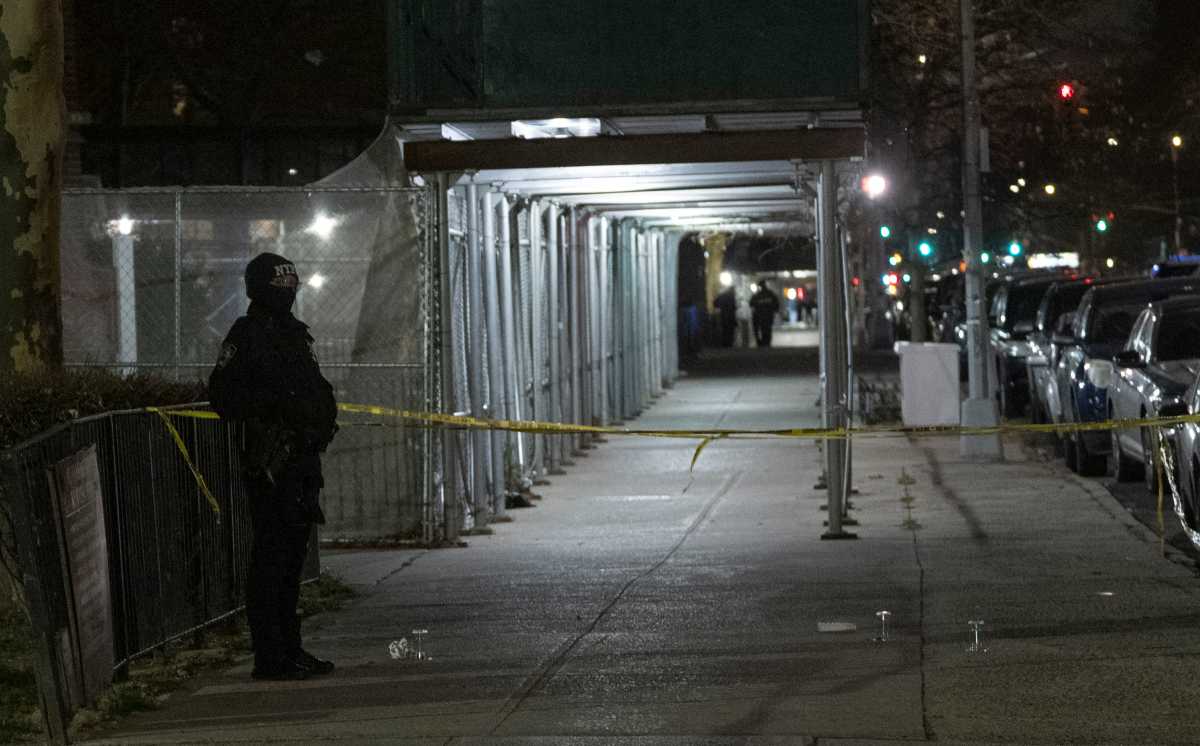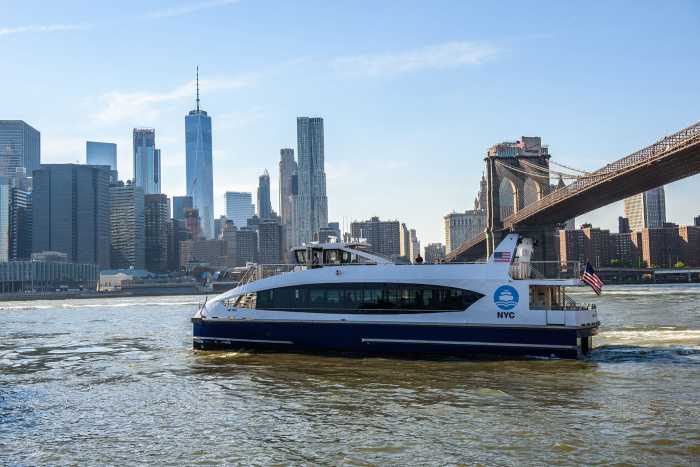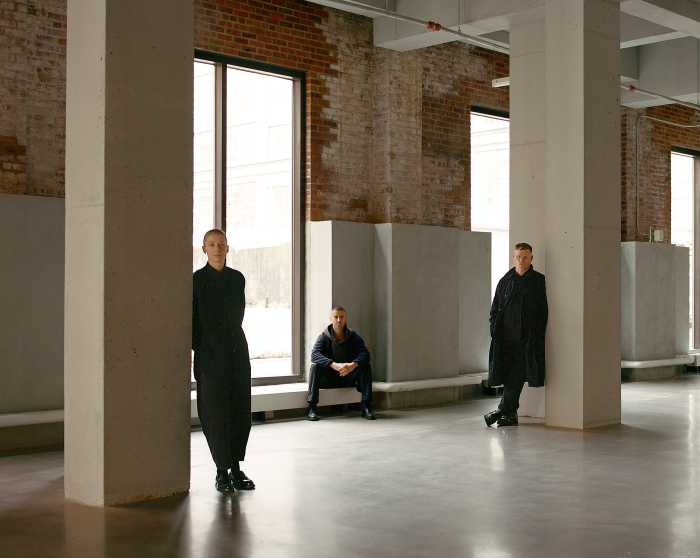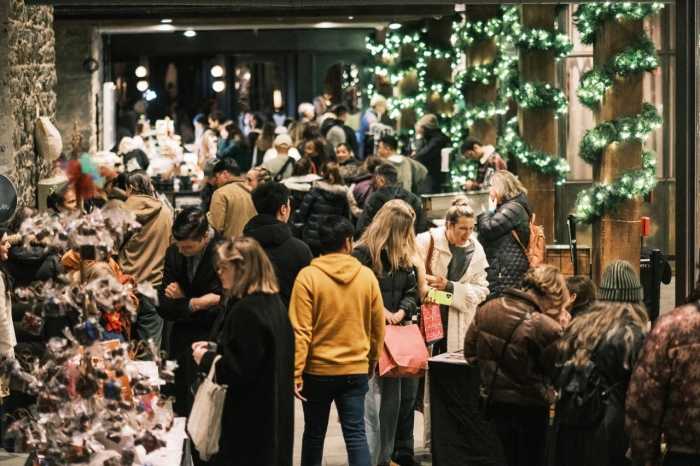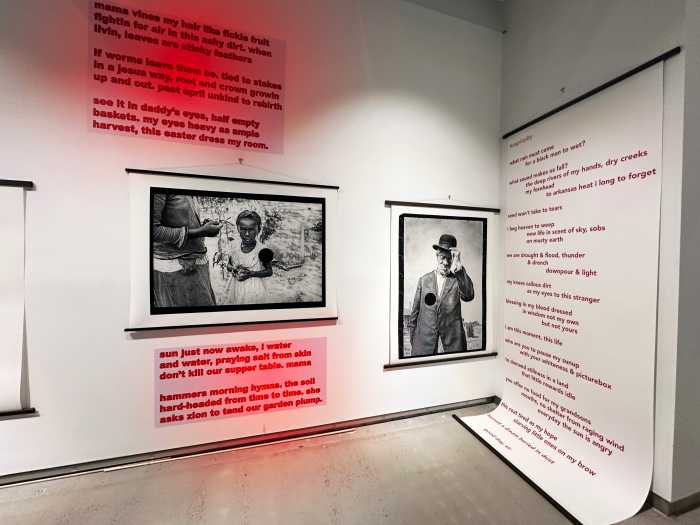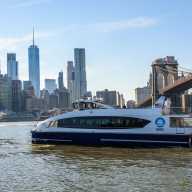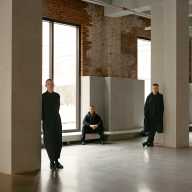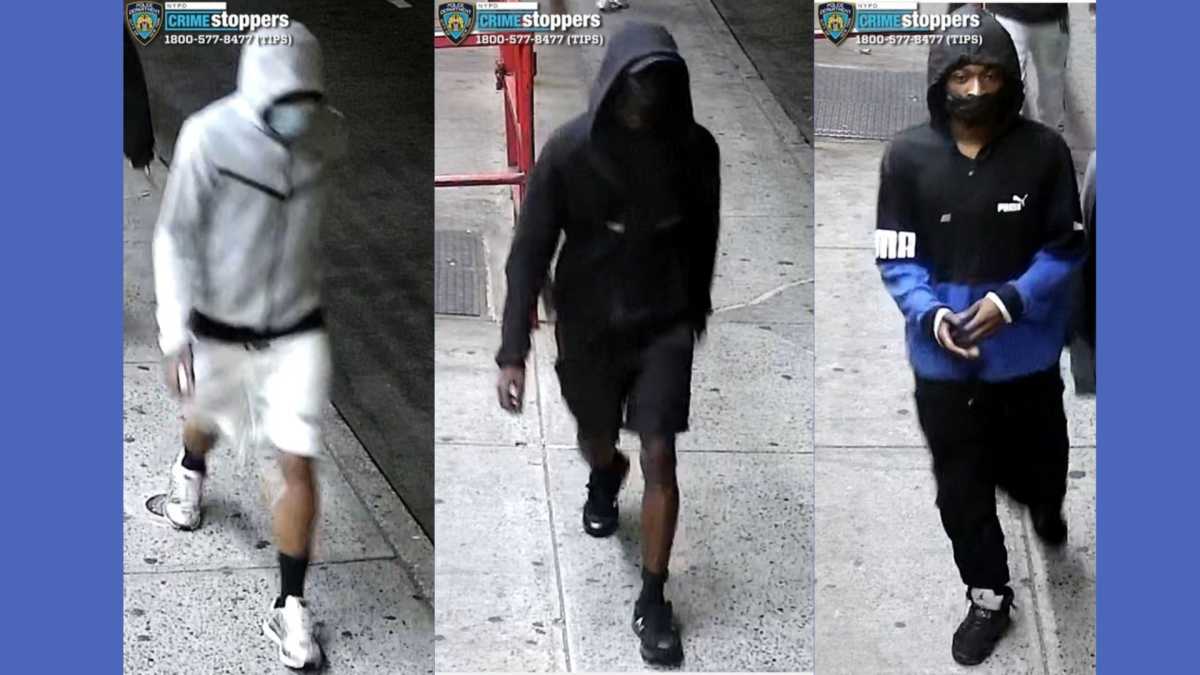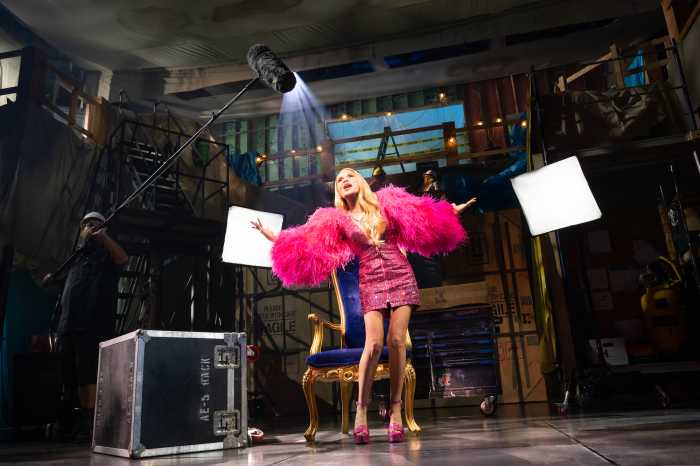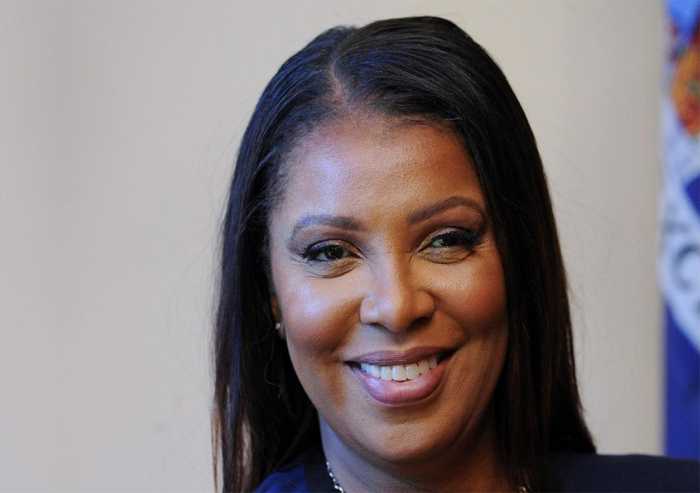Charging that Brooklyn Bridge Park planners have been secretive in their
decision-making and unresponsive to neighborhood concerns over the new
plan’s reliance on housing for necessary revenue generation, a group
of neighborhood activists will meet with elected officials later this
month to air their concerns.
“We’re trying to organize a meeting with all the elected officials,”
said Murray Adams, president of the Cobble Hill Association. The group
is one of several civic groups that has voiced concern to the Brooklyn
Bridge Park Development Corporation (BBPDC) — the state entity charged
with planning and building the 1.3-mile waterfront site — about the
size and scope of the newly added housing.
In December, the BBPDC unveiled to the media and select community members
plans to build high-rise luxury condominiums near Pier 6, at the southern
end of the park, and just past the Manhattan Bridge at the park’s
northern edge. One building, on the uplands of Pier 6 near Atlantic Avenue,
would rise more than 30 stories.
The group of advocates and civic leaders, who are opposed to the park
housing, the process by which it was conceived and the way information
about it has been disseminated to the public, will hold an invite-only
meeting at Borough Hall on Friday, April 22.
Borough President Marty Markowitz has agreed to host the meeting, said
Cobble Hill activist Roy Sloane, and send out the invitations to both
community members selected by the group and elected officials including
Councilman David Yassky, state Sen. Martin Connor, Assemblywoman Joan
Millman, Councilman Bill DeBlasio and Congress members Nydia Velazquez,
Major Owens and Ed Towns.
The Cobble Hill Association will draw up the invite list. Sloane said
BBPDC officials would not be invited.
[The next public meeting hosted by the BBPDC is scheduled for Saturday,
April 16, from 1 pm to 4 pm at Long Island College Hospital, 339 Hicks
St. at Atlantic Avenue. The topics will include recreational uses and
landscape design.]
“The idea is to alert everybody that this plan is really out of balance,”
said Adams. “The interests of the very closely affected people have
been put paramount to the interests of the people at large.”
By “very closely affected,” Adams said he specifically meant
Brooklyn Heights and parts of Fulton Ferry Landing.
“While the interests of the Brooklyn Heights people are of peace
and quiet, a few people have been put paramount to the public’s ability
to get to the park,” Adams said. “Every single entrance is more
or less blocked by private housing,” which at the southern end, closest
to Cobble Hill, would include a 30-story condominium tower with 300 units,
and a 12-story, squat tower with 150 units.
Adams believes an outsider wouldn’t even bother with a park visit
“since everything of public interest has been removed from the plan,
except grass and paths and a couple of parking lots. There’s nothing
there to do anymore except walk. There’s no skating rink, there’s
no indoor facilities.”
Although the meeting will be closed to the general public, Sloane, a member
of both the Cobble Hill Association and the Citizens Advisory Committee
to the BBPDC, told The Brooklyn Papers, “Anything we do we’ll
trot out to you immediately afterwards.”
Sloane said the group had garnered the support of former leaders involved
in the park’s inception, including some of the 15 board members of
the BBPDC-precursor Brooklyn Bridge Park Local Development Corporation,
the Brooklyn Bridge Park Coalition (now the Conservancy), members of the
CAC, and members of groups representing Atlantic Avenue, Boerum Hill,
Cobble Hill, Carroll Gardens and the Columbia Street Waterfront District.
“It was sort of an informal group of civic leaders who are unhappy
with the plan,” said Sloane, who once worked for the BBPDC. “We’re
working on developing some sort of a critical document that a group can
sign on to, and we’re trying to put it into principles.”
Adams said the genesis of the group’s formation was a collective
displeasure at the job being done by the BBPDC at including the community
in a meaningful dialogue.
“We’ve tried to reach out where we can, but frankly, there’s
been very little public interest in this because it’s been very little
publicized. The [BBPDC] has shown not the slightest interest in taking
any suggestions. They present their plan, and questions are asked and
answers given and nothing has ever changed and nothing appears to ever
change. They’ve just locked into this plan.”
The last public meeting on the plan was publicized by a faxed press release
sent to newspapers two days prior to the meeting and by an announcement
made at the first town hall meeting. As reported by The Brooklyn Papers
on March 11, only 13 community members showed up. The meeting was held
at a school in Fort Greene.
“We’re getting a little discouraged at these public meetings
because they don’t do any good if you’re not listened to. Why
bother?” said Adams.
Sloane expressed a positive outlook.
“[The BBPDC] keeps saying there’s nothing else that can be done,
so we think, to some degree, it would make sense to put something on the
table that will say, well, here’s something,” said Sloane.
“We’re hoping to weave it into a presentation [for the April
22 meeting],” he said.


